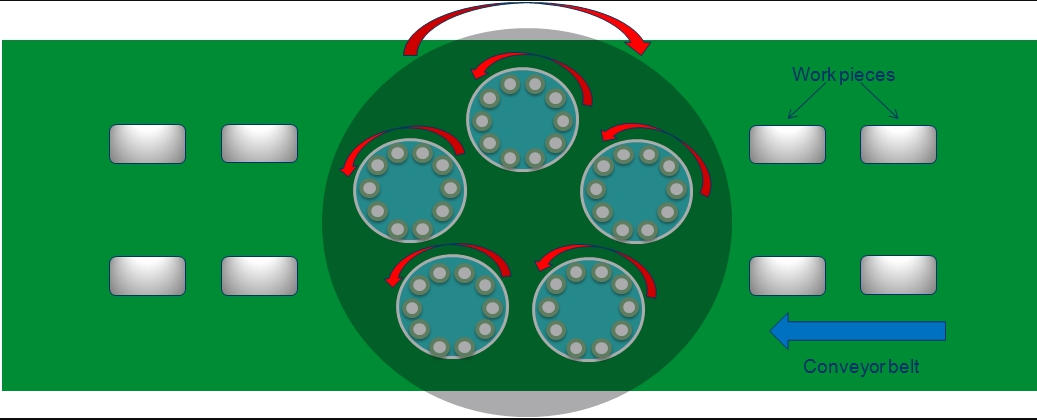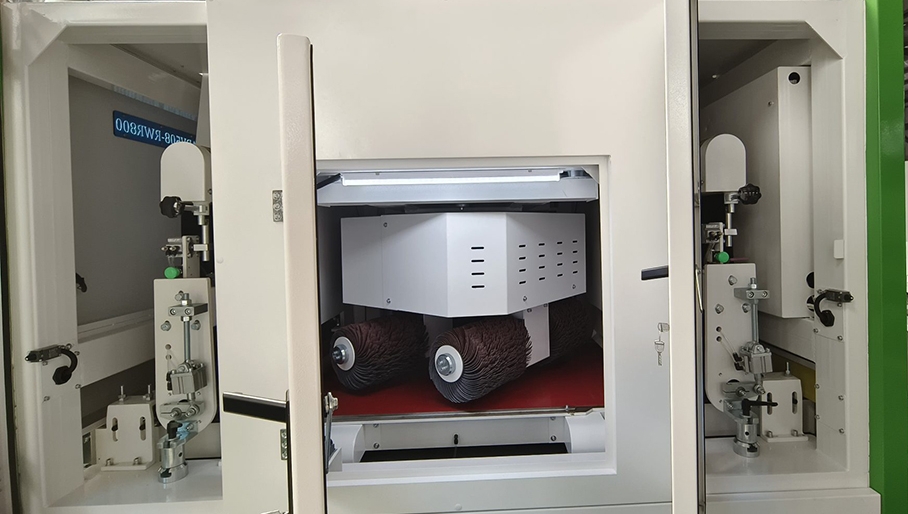Grinding vs. Deburring - Metal Finishing
Burrs are sharp, irregular protrusions that form on the edges of materials after machining processes such as drilling, cutting, or stamping. These imperfections can affect both the functionality and aesthetics of a product and may pose safety risks. Deburring is the process of smoothing edges and removing these protrusions to create clean, precise parts.

Types of Deburring Methods
Manual Deburring(508 M300): Uses hand tools like files or abrasive pads. Ideal for small quantities or specialized components.
Automated Deburring: Employs machines such as tumblers, belt sanders, and ultrasonic systems. Suitable for high-volume production.
How Deburring is Achieved
An abrasive grinding belt station can operate independently to achieve effects such as wire drawing, polishing, descaling, and slag deburring on metal surfaces.
Grinding is a material removal process that achieves high levels of accuracy and a fine surface finish. It is often performed by skilled operators and includes techniques such as surface grinding, cylindrical grinding, and internal grinding.
Applications of Grinding
Grinding is useful for parts with complex geometries and tight tolerances. It can handle materials like hardened metals, ceramics, and some plastics. By adjusting parameters like speed and pressure, operators can achieve precise results.
Deburring vs. Grinding: Which One Should You Choose?
The choice between deburring and grinding depends on factors such as the workpiece, desired finish, and application. Deburring focuses on removing burrs and rough edges, while grinding is used to achieve specific geometries or surface finishes.
Benefits of Automated Deburring
Automated deburring is efficient for large production runs. It improves part fit, finish, and structural integrity, enhancing product reliability and preventing issues like corrosion or stress concentration.
Wire Wheel: Removes stains and rust from metal surfaces.
Nylon Wheel: Used for finer cleaning and grinding.
Emery Cloth Wheel: Ideal for surface grinding and deburring.
Carbon Brush Wheel: Removes dirt from electrical equipment.
Wire Drawing Wheel: Removes oxide layers and creates a fine grinding effect.

Conclusion
Both grinding and deburring are essential processes in metalworking and manufacturing. Understanding their differences and applications can help you choose the right method for your project, ensuring high-quality, safe, and precise components.



